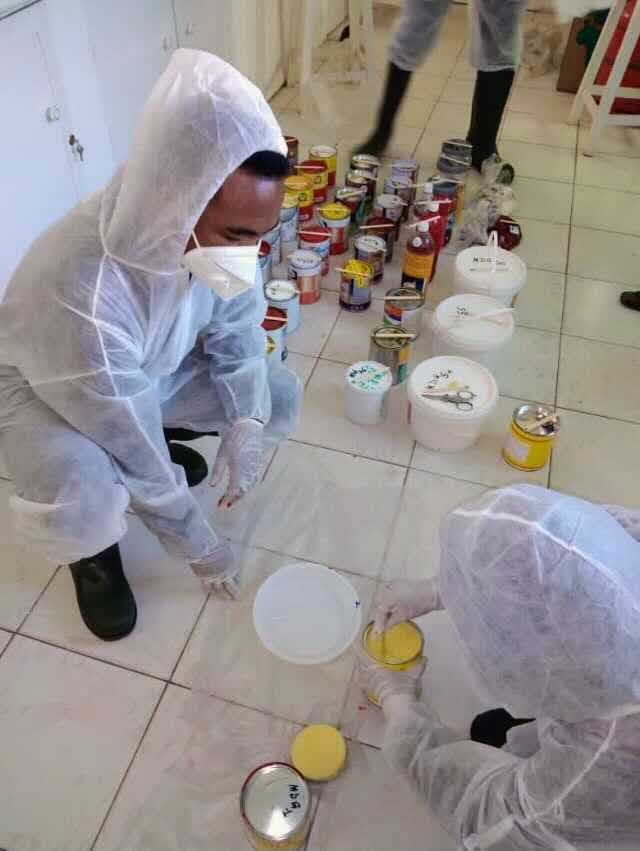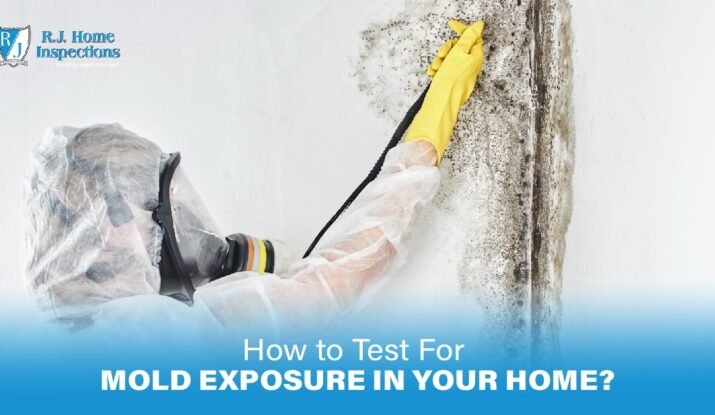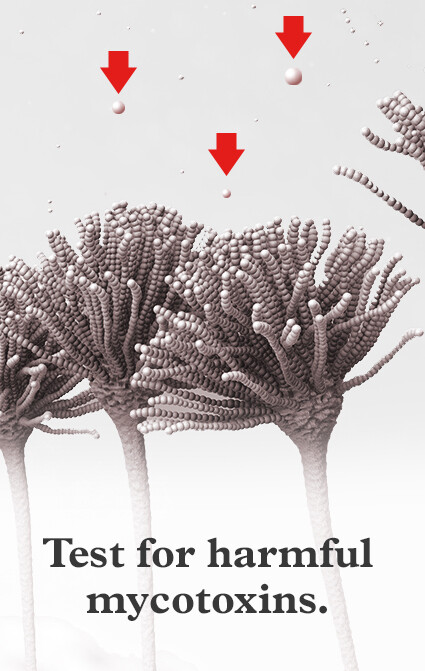Discover the Benefits of Specialist Mycotoxin testing Services Today
Discover the Benefits of Specialist Mycotoxin testing Services Today
Blog Article
Why Mycotoxin Testing Solutions Are Important for Protecting Public Health And Wellness
The relevance of mycotoxin screening solutions in protecting public wellness can not be overstated. Mycotoxins, poisonous compounds generated by fungis, pose major health and wellness threats such as liver damages and cancer cells when present in food and feed.
Comprehending Mycotoxins
Recognizing mycotoxins is crucial for making certain food safety and safeguarding public health and wellness. Mycotoxins are toxic compounds created by specific kinds of fungis, generally located in food and feed plants. These fungis can multiply in a range of conditions, particularly in cozy and moist atmospheres, bring about contamination throughout pre-harvest, storage, or processing stages. The most common mycotoxins include aflatoxins, ochratoxin A, fumonisins, and trichothecenes, each with distinct chemical frameworks and toxicological residential properties.
The existence of mycotoxins in foods can compromise their safety and top quality. They are resistant to conventional food processing strategies, thus persisting in the food supply chain and presenting potential dangers. Regulatory bodies worldwide, such as the Food and Agriculture Company (FAO) and the World Wellness Organization (THAT), have established strict restrictions on acceptable degrees of mycotoxins in foodstuff to reduce their damaging impacts.
Reliable mycotoxin monitoring includes comprehensive monitoring and screening to detect and quantify their levels in agricultural items. This positive method helps in recognizing contaminated sets early, consequently avoiding their introduction right into the market. Implementing rigorous mycotoxin controls is important for keeping food safety and security requirements and safeguarding consumer health and wellness.
Wellness Threats of Mycotoxins

Exposure to mycotoxins positions significant health dangers to both human beings and pets, requiring attentive surveillance and control measures. These toxic secondary metabolites, produced by certain fungis, can infect food and feed, bring about acute and chronic wellness problems. In people, mycotoxins such as ochratoxins, aflatoxins, and fumonisins can cause a range of unfavorable effects, including liver damage, kidney toxicity, immune suppression, and even cancer causing impacts. Aflatoxins have actually been classified as Team 1 carcinogens by the International Firm for Research on Cancer (IARC), indicating a proven web link to liver cancer.

Provided these severe health and wellness consequences, it is necessary to execute robust mycotoxin testing methods. Precise discovery and quantification of mycotoxins in food and feed are necessary to mitigate wellness risks and make sure public and animal security.
Common Sources of Contamination

In addition to grains, nuts such as almonds, pistachios, and peanuts are extremely prone to mycotoxin contamination. Aflatoxins, a potent kind of mycotoxin, are frequently found in these nuts, especially when storage space problems are suboptimal. Dried fruits, consisting of raisins, apricots, and figs, also present abundant grounds for fungal growth due to their high sugar web content and moisture-retaining homes.
In addition, contamination is not limited to raw agricultural items. Refined foods, animal feeds, and milk products can likewise have mycotoxins if the initial components were infected. This expands the risk of direct exposure throughout the food supply chain, demanding strict tracking and control actions.
Understanding the typical sources of mycotoxin contamination is critical for executing effective preventative techniques. Alleviating these threats at the resource can significantly decrease the incidence of mycotoxin-related health and wellness concerns, safeguarding public health and wellness.
Evaluating Techniques and Methods
Advanced logical strategies are utilized to discover and measure mycotoxins in different substratums, guaranteeing public health and wellness safety and security. High-Performance Fluid Chromatography More Bonuses (HPLC) combined with mass spectrometry (MS) is a gold standard in mycotoxin testing, providing high sensitivity and uniqueness.
An additional commonly used approach is Enzyme-Linked Immunosorbent Assay (ELISA), which uses rapid screening and is cost-efficient for huge sample quantities - Mycotoxin testing Services. ELISA sets are beneficial due to their ease of usage and quick turnaround time, making them suitable for on-site screening
Tasting procedures are equally critical. Correct tasting makes sure that the collected samplings are representative of the whole set, consequently lessening the risk of false downsides or positives. Adherence to developed guidelines, such as those provided by the International Company for Standardization (ISO) and the European Board for Standardization (CEN), is vital for maintaining uniformity and dependability throughout screening methods.
Extensive recognition of these methods and protocols is important. It guarantees reproducibility and precision, consequently fortifying navigate here the honesty of mycotoxin administration systems.

Benefits of Regular Evaluating
In the realm of food safety and security and farming quality assurance, the advantages of normal mycotoxin screening can not be overemphasized. Regular screening ensures that agricultural products meet safety standards, thus safeguarding consumers from the dangerous impacts of mycotoxins, that include liver damages, immune reductions, and also cancer cells. By determining contaminated batches early, regular testing permits prompt intervention, avoiding such products from getting in the food chain.
Moreover, normal mycotoxin screening is pivotal for preserving the integrity and track record of food producers and distributors. Companies that devote to regular testing show their commitment to public health and wellness and food safety, thereby gaining customer trust and loyalty. This aggressive strategy can also minimize monetary losses related to item remembers, legal obligations, and potential trade restrictions.
In addition, regulatory conformity is a considerable aspect of the farming sector. Normal mycotoxin screening ensures adherence to worldwide and nationwide standards, facilitating her latest blog smooth trade operations and market access. This is particularly vital for merchants that have to fulfill strict security requirements imposed by importing countries. Eventually, routine mycotoxin screening not only secures public health and wellness yet additionally strengthens the financial security and worldwide competitiveness of the agricultural industry.
Verdict
Mycotoxin screening services play a critical duty in public health and wellness security by recognizing and alleviating the dangers posed by toxic fungal compounds in food and feed. By discovering contamination early, these services prevent significant health and wellness problems such as liver damage and cancer cells, making certain conformity with regulative requirements. Regular screening improves consumer trust fund, sustains the integrity of the farming field, and inevitably adds to the protecting of food safety and security and public wellness.
The value of mycotoxin testing solutions in protecting public health can not be overemphasized.Recognizing mycotoxins is important for ensuring food safety and securing public health and wellness. Mycotoxin testing Services. Regulatory bodies worldwide, such as the Food and Farming Organization (FAO) and the Globe Health Organization (THAT), have actually set stringent limitations on acceptable degrees of mycotoxins in food products to minimize their negative effects
Inevitably, regular mycotoxin testing not just safeguards public health however likewise strengthens the financial stability and international competitiveness of the agricultural market.
Mycotoxin screening solutions play a vital function in public wellness security by identifying and alleviating the risks posed by harmful fungal compounds in food and feed.
Report this page